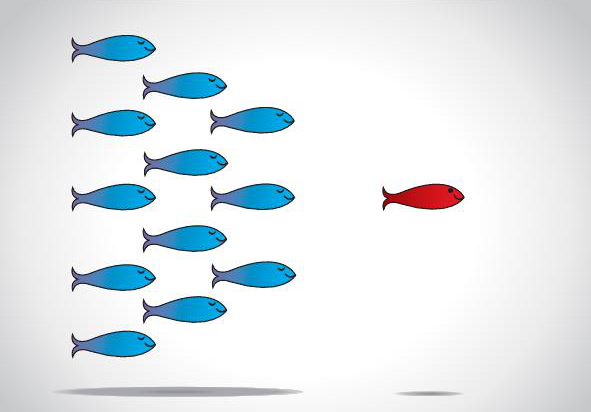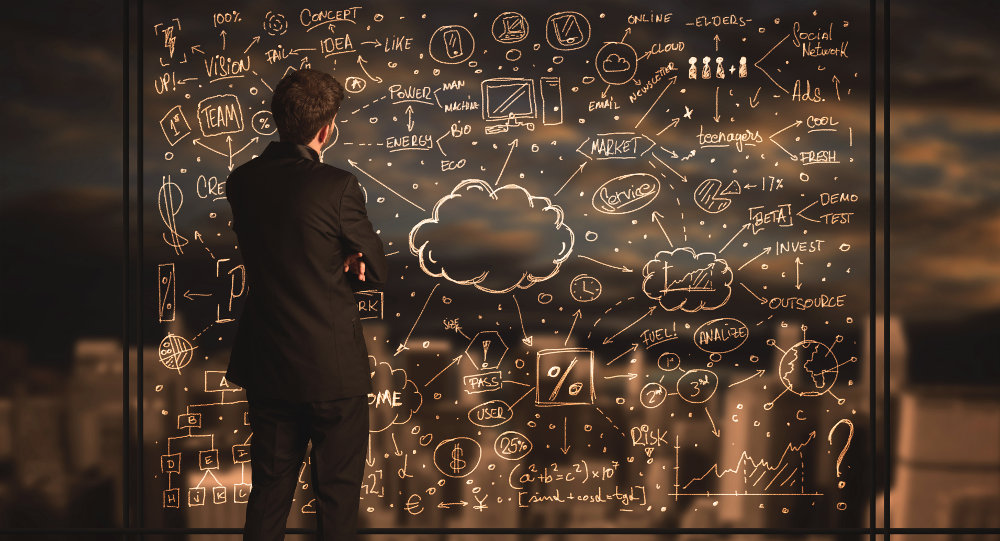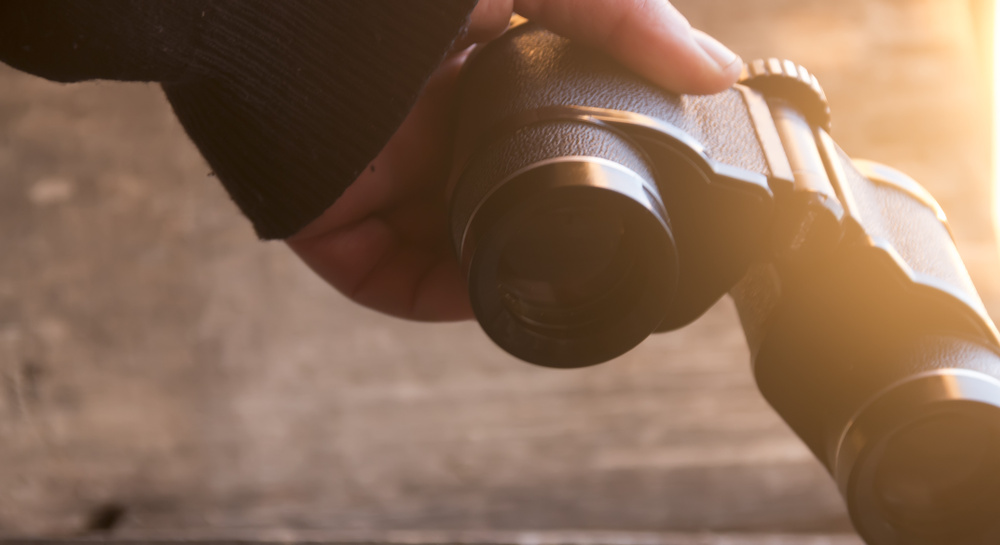Ten Countries and $200 Billion Later…
 By the former Chief Marketing Officer of Walmart, Paul Higham
I suspect that most 13-year-olds are curious about their future—I know I was. One day, my mother brought home a little black and yellow hard-backed book called Careers (I’m not entirely sure of the title, as this was nearly 50 years ago). I found a quiet place and devoured the book.
By the former Chief Marketing Officer of Walmart, Paul Higham
I suspect that most 13-year-olds are curious about their future—I know I was. One day, my mother brought home a little black and yellow hard-backed book called Careers (I’m not entirely sure of the title, as this was nearly 50 years ago). I found a quiet place and devoured the book. 


 THE BIG IDEA: To do this, examine what values have guided you, how your leadership role has evolved and how you have shaped the workplace culture.
THE BIG IDEA: To do this, examine what values have guided you, how your leadership role has evolved and how you have shaped the workplace culture. 
 THE BIG IDEA: 2017 is here. It's time to think on, plan for, mitigate against, and dream about what your customers will need, want and LOVE in the year ahead.
THE BIG IDEA: 2017 is here. It's time to think on, plan for, mitigate against, and dream about what your customers will need, want and LOVE in the year ahead. 
 The Big Idea: How to make work more enjoyable this holiday season.
The Big Idea: How to make work more enjoyable this holiday season.  The Big Idea: How to better communicate an image of the future that draws others in.
The Big Idea: How to better communicate an image of the future that draws others in.